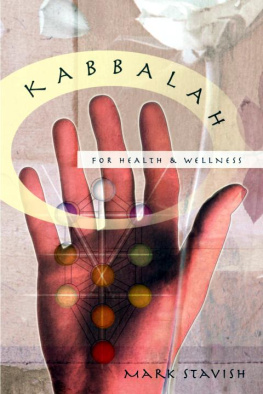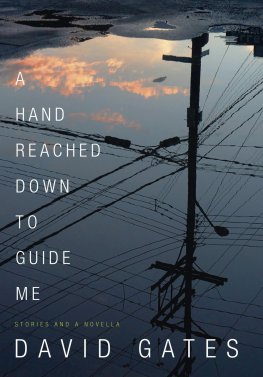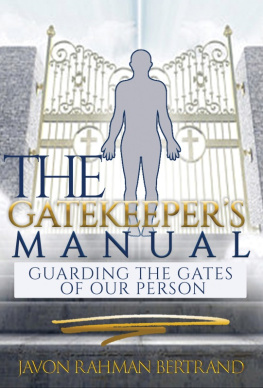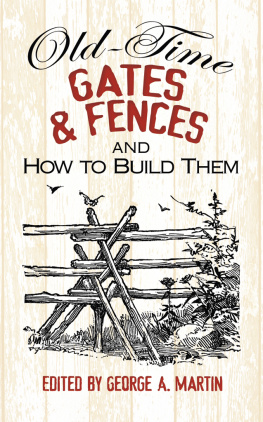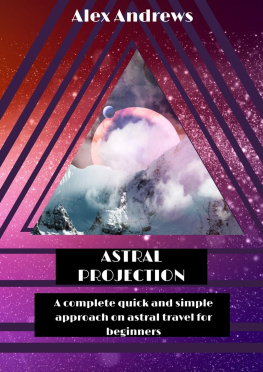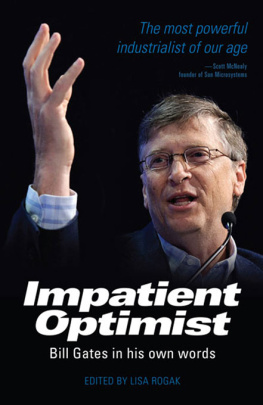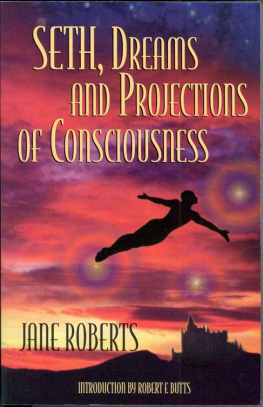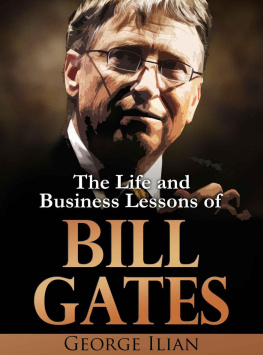Praise for Between the Gates
Mark Stavish has managed what few in the postmodern age can even conceive. He introduces here a methodology that instructs us in the art of conscious living, and more startlingly, in that of conscious dying. The Body of Light, included here, is an extraordinary concept that will enrich our years while wrapped in skin, while also providing a means of selfdetermination as we transition out of this mortal coil. Between the Gates is a masterpiece of esotericism and Stavish's finest work to date.
Colleen Deatsman, author of Inner Power: Six Techniques for Increased Energy & Self-Healing and Energy For Life: Connect with the Source
Never before has such a body of practices on lucid dreaming, astral projection, spirit vision, rising on the planes, pathworking, scrying, and the Body of Light been presented in a single volume, nor so seamlessly as to guide students step-by-step through their stages of progress and interrelationship. Mark Stavish has written what may be the best practical guide to inner journeying in the realm of Western esotericism.
Russell House, author of The PortalA Story of Love, Immortality, and the Philosopher's Stone and past President of The Philosophers of Nature (PON)

This book is dedicated to Andrea, Luke, and Nathaniel, and to all who seek to remove fear of death and thereby show us how to live.
First published in 2008 by
Red Wheel/Weiser, LLC
With offices at:
500 Third Street, Suite 230
San Francisco, CA 94107
www.redwheelweiser.com
Copyright 2008 by Mark Stavish.
All rights reserved. No part of this publication may be reproduced or transmitted in any form or by any means, electronic or mechanical, including photocopying, recording, or by any information storage and retrieval system, without permission in writing from Red Wheel/Weiser, LLC. Reviewers may quote brief passages.
ISBN: 978-1-57863-396-8
Library of Congress Cataloging-in-Publication Data available upon request.
Cover and interior design by Maija Tollefson
Typeset in Grajon
Cover photograph abpeo0030618/inmagine.com
Interior art on pages 30, 35, and 40 by Marc Thorner, Thornergraphics
Printed in Canada
TCP
10 9 8 7 6 5 4 3 2 1
The paper used in this publication meets the minimum requirements of the American National Standard for Information SciencesPermanence of Paper for Printed Library Materials Z39.48-1992 (R1997).
www.redwheelweiser.com
www.redwheelweiser.com/newsletter
Contents
Acknowledgments
Special thanks to the following who without their generous assistance in time, talent, and treasure, this book would not have been possible: Christopher Bilardi, Paul Bowersox, Joseph C. Lisiewski, Ph.D., Donald L. Melchior, Ph.D., Flinn Mueller, Andrea M. Nerozzi, Ph.D., and Marc Thorner. And thanks to all of the students, adepts, and masters of the traditions, who have each added in their own special way to the continual advancement of the Great Work.
Foreword
One of the most overused phrases in the English language these days is I just don't have the time. It's particularly familiar to those of us who teach spiritual traditions that place regular practice and the development of the self's hidden potentials at center stage. If you'd like to get a rueful laugh wherever teachers of spirituality gather, just ask how many students utter those words when asked to put even so little as ten minutes a day into some form of inner work.
Granted, leisure time can be in short supply these days, and an industrial society that thrives on the manufacture of artificial desires has no shortage of distractions to throw in the way of the novice in any spiritual path. Yet it's equally true that much of what passes for a shortage of spare time can be solved by figuring out one's real priorities and paying attention to where time actually goes. Plenty of people who are convinced that they have no time for an inner life spend time every evening staring blankly at TV shows that don't really interest them, or fidget away an hour or more on a commuter train every workday. And, of course, nearly every one of us spends six or eight hours coursing through the realms of dream every night, only to brush aside the fading memories of our inner adventures as we stumble from bed to shower to breakfast table to front door.
Dreams are simply the most common route into a realm of experience that has been central to spiritual traditions all around the world for thousands of years. What Henri Corbin called the imaginal world, the realm of symbols and similitudes accessed in dreams, visions, and outof- body experience, forms a crucial element in the wider world of human experience recognized by spiritual traditions, and practices that open the door to that world are among the core disciplines of most branches of esoteric spirituality. The otherworld trance journeys of shamans, the dream yoga of Tibetan Buddhism, and the visionary flights of the Abrahamic religions, to name only three branches from the exuberant tree of the earth's spiritual traditions, all access the same dimension of experience.
Western esoteric traditions have their own disciplines for entering the imaginal realm, but factors woven into the structure of contemporary Western society have made those disciplines and their associated practices difficult for many people nowadays to access. Caught between a mainstream culture obsessed with the pursuit of material wealth and power and an alternative culture convinced that spirituality has to be imported from the far side of the world to be valid, much of the Western world's own esoteric traditions have suffered serious neglect in recent centuries. Certain aspects of imaginal work have seen much discussion in recent literature, but the wider context of this aspect of our Western inner wayto say nothing of entire branches of practice such as dreamwork have remained obscure even to initiates of those traditions, much less to a wider audience.
This book may well change that. Mark Stavish, one of the handful of creative teachers and writers who have helped bring many less widely known branches of Western esoteric spirituality into the light of day, has penned a practical, comprehensive, and user-friendly guide to the practices of imaginal experience in the Western traditionthe first such guide to see print in centuries. Between the Gates: Lucid Dreaming, Astral Projection, and the Body of Light in Western Esotericism presents the core theories and practices of the arts of inner journeying and puts them in the context of more than two thousand years of Western esoteric teachings about the subtle body and its role in spiritual development. It's a bravura performance and one that deserves a wide readership among students and practitioners of the world's spiritual traditions.
Since the time of the scientific revolution three centuries ago, people in the Western world have prided themselves on being wide awake to the realities of life. The irony in this claim is that for thousands of years before our time, the wisest of our species have described the obsession with material reality that haunts us nowadays as a dream, one from which we all awake sooner or later, whether in sleep, in trance, in the heights of spiritual attainment, or in death. To venture out of the dream of matter and into the imaginal realms, by way of lucid dreaming, astral projection, the discipline of the body of light, or any other means, marks a step into a wider world. In that world, though our physical eyes are closed, it becomes possible not only to awaken ourselves, but also to dream the whole world awake.
Next page


